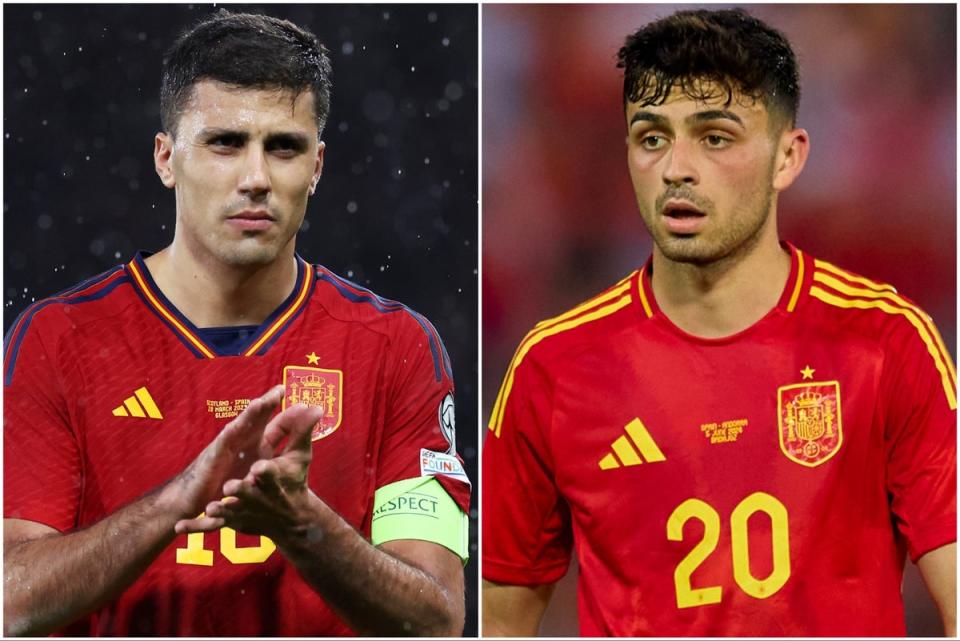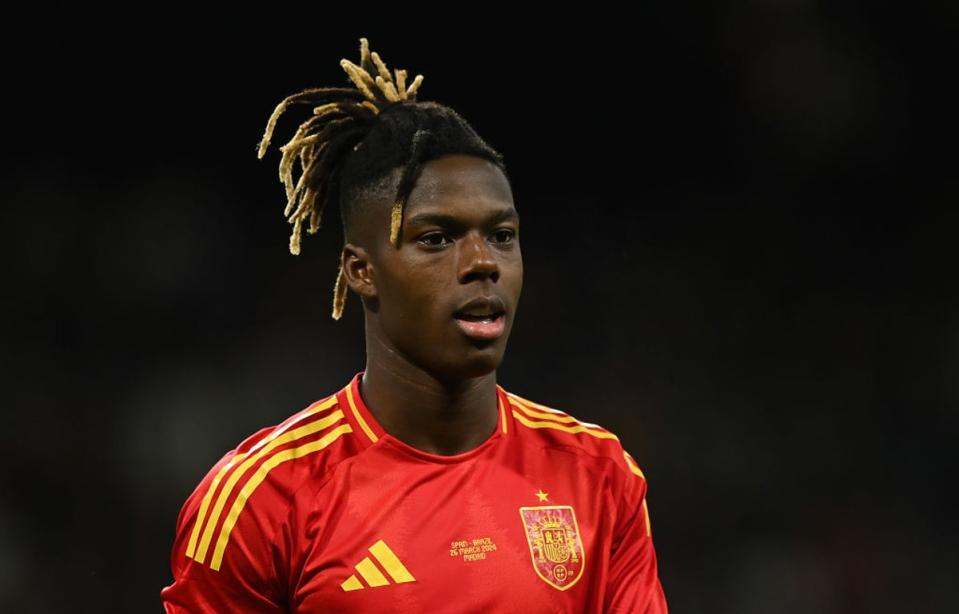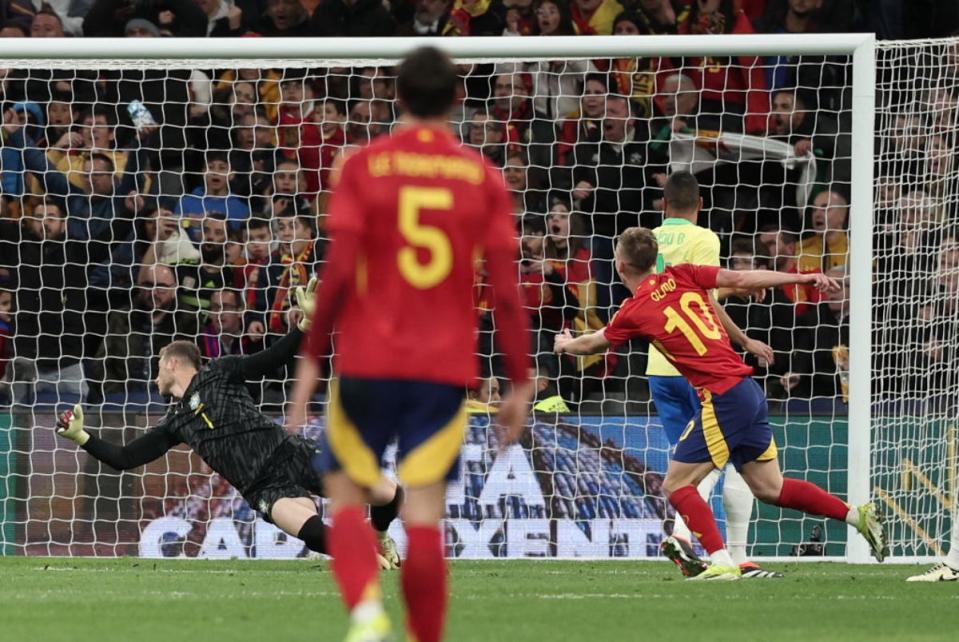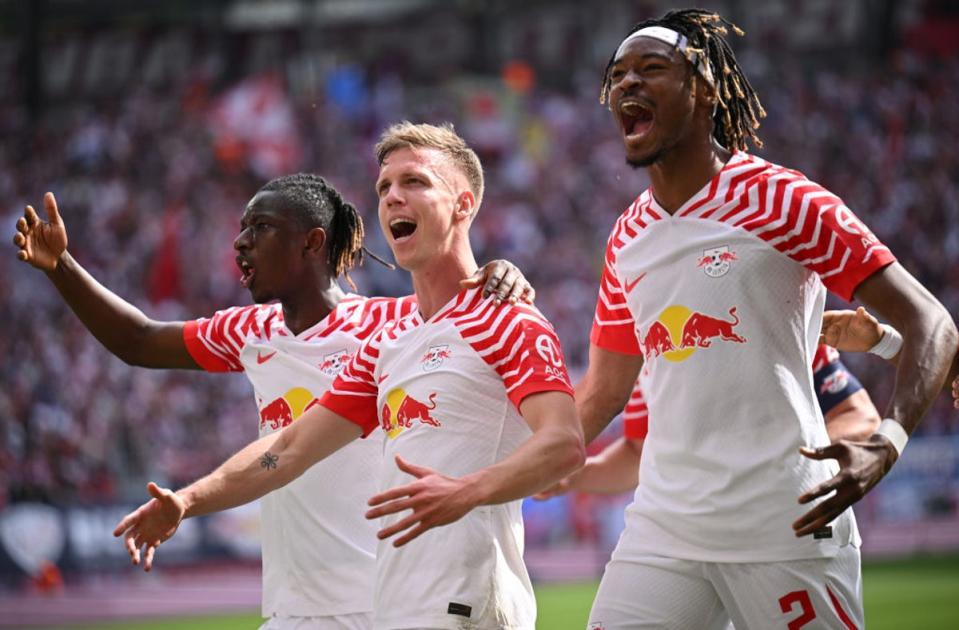Rodri, Pedri and the midfield puzzle to decide Spain’s Euro 2024 fate

We’re a little over a decade since Spain’s back-to-back triumphs at Euro 2008 and Euro 2012 and the national team have been through an entire lifecycle since then, it feels.
In four of the five tournaments thereafter, they have exited at the group stage or last 16; only at Euro 2020 did they show any kind of competitive edge, reaching the semi-finals in enormously fortuitous fashion after an extra time win over Croatia, a win on penalties over Switzerland and then a shootout defeat of their own against Italy.
A lifecycle of the team, a generation of players.
Some of those stars of three straight triumphs are now managers in their own right – successful ones, in some cases like Xavi and Xabi Alonso – but in the modern era, Spain are still trying to get it right, still trying to find the right combination of head coach and managers, formation and tactics, ball-playing and cutting edge.
The final third, in particular, has been a sore point at times for Spain: dominant in possession terms, they have nonetheless struggled to finish teams off in tournaments, not always had that virtuous blend of shifting the pace as well as the direction of play. For head coach Luis de la Fuente, his selection of Spain’s third starting midfielder at Euro 2024 will arguably dictate whether they move on from that struggle this time.
Half of the front six looks set already.
In midfield, a pivot of Manchester City bedrock Rodri and Barcelona star Pedri will be the starting point. In attack, Alvaro Morata captains the squad and leads the line. And Gavi would surely have made it two-thirds of the starting six set in stone, but his ACL injury has robbed him of a majority of the 2023-24 campaign with Barcelona, this tournament and probably the Olympics.
Which means De la Fuente has a puzzle to solve, in addition to his choices on the flanks – where Spain have had a large rotating cast since September, no fewer than nine players starting in that time: Marco Asensio, Dani Olmo, Nico Williams (3), Lamine Yamal (3), Mikel Oyarzabal (3), Ferran Torres (4), Ansu Fati, Pablo Sarabia and Ayoze Perez.

It feels as though Williams may have done enough to snare one starting spot and a couple of others haven’t made the grade for Germany anyway.
Regardless, De la Fuente’s bigger conundrum is who to play along with Rodri and Pedri, and where to position them.
More often than not, it has been a 4-3-3 setup, Pedri and the other player – usually Gavi, until his injury – more advanced, offering support from the second line, capable ball-players more intent on positional discipline and on-the-ball magic from deep than breaking lines with runs into the box or being goalscoring threats themselves. Suffice to say, in those nine matches since the last campaign began, Spain have scored three times from those positions and two of them were via Gavi’s boots.
If that is the chosen set-up, it will be a straight choice: Fabian Ruiz of PSG, or Mikel Merino of Real Sociedad.
But perhaps a more recent friendly offered a different option: Dani Olmo, in a much more advanced, more offensive, supporting role behind Morata.

Olmo has a reasonable strike record for Spain playing mostly from the flanks, but his talents make him a remarkable final-third option right the way across the pitch: capable of taking the ball on the half-turn, good at shooting with both feet and always managing to find space in tight areas, Olmo played as a No 10 against Brazil and scored in the 3-3 draw.
With Rodri and Ruiz in a double pivot behind him, the trio played the full 90 minutes of that encounter, days after De la Fuente had tried the same formation with different players – Gerard Moreno was the No 10 that time – in defeat to Colombia. Clearly, it’s a tactical wrinkle the head coach wanted to try, and despite not sealing victory in either non-competitive fixture, it’s perhaps not an option he should abandon too quickly.
Quite aside from his technical qualities, Olmo as an energetic space-maker and chance-creator has other factors in his favour: following an early-season injury he has played far less than others across the year, yet finished the campaign strongly with Leipzig – almost entirely playing from that type of central role. Further, he tallied eight goals or assists from 17 starts in that position.

Spain will face plenty of boxed-in, deep-sitting defences if they plan to go deep in the tournament, while even in the group stage, it’s fair to assume one key will not open every lock.
A settled core three in the centre of the park is a great platform to build from, but having a more dynamic switch to flick with a more advanced Olmo – and still two other wide threats around him – might prove Spain’s best route to power, rather than pass, their way to success.

